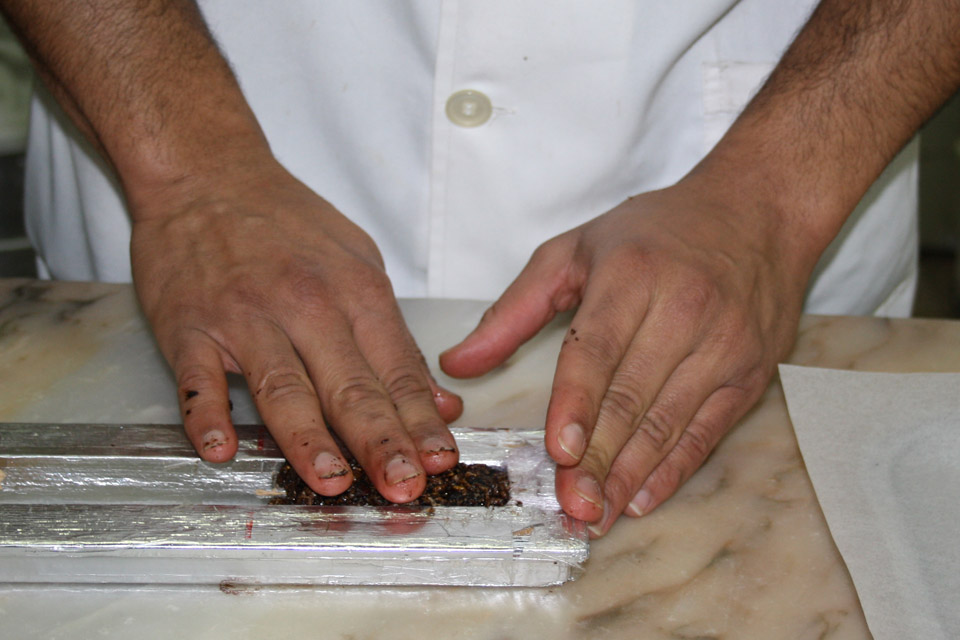 The Querença energy bar, based on regional products known for their excellence, will start to be produced, with a view to its commercialization, as part of a partnership between the Querença Project, Michael Guerreiro, co-owner of the Loulé bakery and pastry shop Amendoal , and the Food Engineering course at the University of Algarve (UAlg).
The Querença energy bar, based on regional products known for their excellence, will start to be produced, with a view to its commercialization, as part of a partnership between the Querença Project, Michael Guerreiro, co-owner of the Loulé bakery and pastry shop Amendoal , and the Food Engineering course at the University of Algarve (UAlg).
This innovative product, which includes fig, carob, almond and honey from the Algarve in its composition, among other ingredients, is already fully developed and the latest experiments for its industrial production, even using artisanal methods, are already underway.
At the moment, the details are already being dealt with, namely the issue of production in large numbers and packaging of the bar. And this is guaranteed by the members of the academy involved and by the entrepreneur who joined the idea that it only makes sense to bet on this project if products from the region are used.
The traditional flavors of the Algarve Barrocal are seen as the added value of the energy bar, which has already gained supporters, at times it was distributed, in experiences carried out in the context of sporting events. The target audience is pleased with the new recipe for the bar, which was developed over the past few months, in the laboratories of the Food Engineering department at UAlg.
It was in these laboratories at the Penha Campus that the idea originally appeared a few years ago. But its “birth” took place in the first phase of the Querença Project, through the work of Dulce Almeida, who took the idea and developed a first version of the product, still in 2012.
Later, the recipe then developed, which had some problems that prevented its production in larger quantities, and, soon, its commercialization, returned to the University and found a group of finalists in the Food Engineering course, among them the young Romilson Brito .
«We have a curricular unit in the 3rd year of Food Engineering called Development and Use of New Products. Students have to form a group and invent a new product or process. It was proposed to us to grasp an idea that already existed, but which had some gaps, so that we could study and optimize”, said Romilson Brito, to Sul Informação.
After a semester of work and testing, the group managed to find a recipe that could be marketed.
This UAlg student was one of the members of the group that developed the bar and decided to take the project further. «I already know the bar and the process very well. I entered the Masters and they proposed to me to continue working on it and join the Querença Project. I accepted right away», he said.
From "personal taste" to validation by various tasters
«The bar turned out to be a product of personal taste. The first version had a lot that I didn't particularly like, as I considered it too sweet. I started to make a selection and remove what I thought was the most», revealed Romilson Brito.
At the same time, Romilson began searching the Internet for other similar experiences. And he discovered related projects, which gave him clues to correct something that continued to be the great obstacle to the continued production of the bar – its consistency.
«In addition to those I removed, I added other elements that were not there before and I was lucky to be able to solve one of the big problems, which was having the right formula to achieve the aggregation of the bar. The ingredients, in the end, were all there, but the challenge is that they were all added together, which we achieved», he revealed.
From there, "it was a matter of adjusting the amounts of each ingredient," he said. The validation of the product came from a group of tasters, who gave clues to improving the flavor of the bar and helped to find the formula that Amendoal will help to produce in larger quantities.
«We made several recipes, with different amounts and ingredients, and gave them to a panel of tasters to taste. This panel was composed mostly of students and employees here at the university and evaluated various aspects, such as flavor, texture, aggregation. The final recipe turned out to be the tasters' will».
A first experience of distributing this product at Trail Running events, organized under the Querença Project, was also decisive in improving the energy bar, in this case, with opinions from potential consumers.
To reach this point, Romilson Brito had the strong support of professor Margarida Cortês Vieira, who coordinated the project. «I'm seeing this growing day by day, especially the interest on the part of athletes», illustrated the teacher. "On the other hand, there is a revival of these three agricultural products and farmers want to return to the market, with carob, fig and almonds," he added.
from laboratory to kitchen
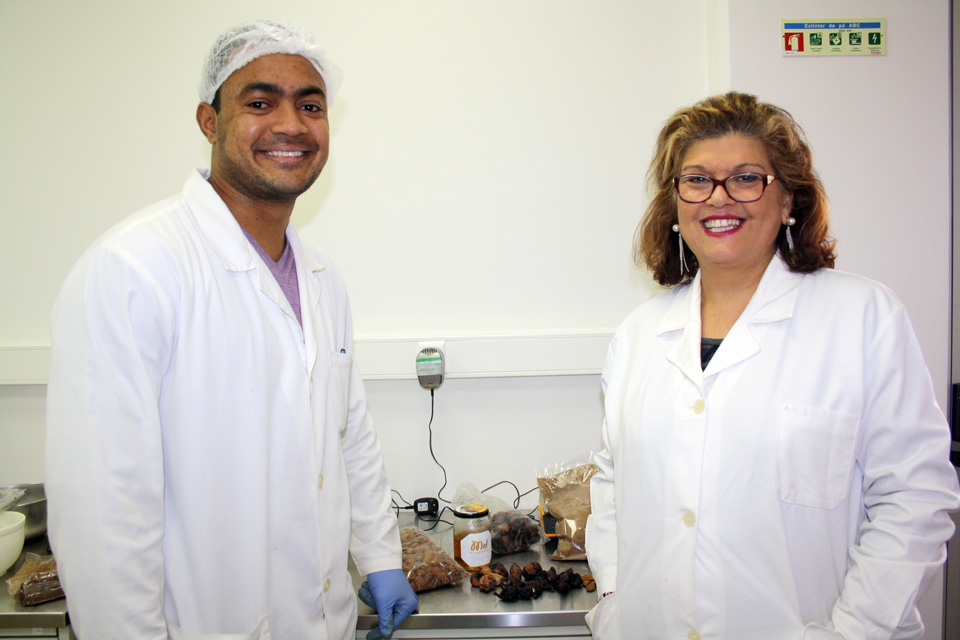 Another big challenge was to find a formula that would allow the bar to be produced in an industrial kitchen, in large quantities, keeping the same characteristics, since «making 200 grams of product is not the same thing as making a much larger quantity».
Another big challenge was to find a formula that would allow the bar to be produced in an industrial kitchen, in large quantities, keeping the same characteristics, since «making 200 grams of product is not the same thing as making a much larger quantity».
A task that the engineer Romilson Brito undertook and which he himself has been testing at Amendoal, in Loulé. “In the laboratory, the most I did was about a hundred bars [two kilos]. At Amendoal, it's just a matter of multiplying the recipe to have the desired amount», he said.
"In the first phase, we even worked with a pastry shop, but we never got it right, because the recipe was different," he told Sul Informação, João Ministro, coordinator of the Querença Project.
Last week, it was time to carry out more tests, the final preparations before the first attempt at packing the bars, using a machine designed for this purpose. An important moment for everyone involved, as this bar meets the shared objective of valuing regional agricultural products.
Michael Guerreiro: "If it's to do with products that aren't from here, it's not worth it"
«What I wish that didn't happen is that Barra de Querença started to be produced, which is essentially Algarve, with figs from Turkey, almonds from the United States and carob from Spain. I wish they were all products from here and we could even think of a Protected Designation of Origin», said Margarida Vieira.
Michael Guerreiro shares this opinion, as he does not hide his enthusiasm for the use of Algarve products and insists on using them in the traditional sweets he sells. This entrepreneur insists on sourcing locally, even when it would be much simpler (and even cheaper) to buy products from abroad. "If it's to do with products that aren't from here, it's not worth it," said the businessman from Loulé, speaking to our newspaper.
«Let's try never to run away from the artisanal part. This is a project that I have been following for a long time, which aims to value the products of the land. Large-scale production will depend on sales. We hope to produce some, always well and, mainly, valuing the raw material here on earth», he said.
And, although it is not always easy to find local products, Michael Guerreiro is not discouraged. “I think we are already on the right path, which is to talk about the problems. My hope is that this project will help to motivate people to produce the Algarve fig and almond», he wished.
After production comes distribution
As soon as there are conditions to produce and package the energy bars, the Querença Project will invest heavily in their commercialization. For this, a brand is already being developed, with an associated image, and scheduled attendance at various sporting events.
In this path of registering the brand and moving to the industrialization of the bar, the Querença Project is receiving help from CRIA – UAlg's Entrepreneurship and Technology Transfer Division.
In a first phase, a bet will be made and have the product present in initiatives, in a limited number, since, for distribution in traditional commercial channels, it will still be necessary to do some more work.
«The recipe is finished. Now, we just have to study the nutritional composition of the bar, determine the expiration date and the technical sheet of the product», said Romilson Brito.
For now, the bet will be on creating «a market need», explains Sara Fernandes, who works for the Querença Project, in the marketing area. «Right now, it is the market that is asking us to place a product. We have had many contacts from interested athletes», he said.
“We have to choose our path very well. We are going to start, through sporting events, a new test. The first one was very positive and I think it has everything to go right», considered Sara Fernandes.
«One of the advantages of this recipe is that you can easily have an organic bar, with certified products. There are already organic fig producers here in the Algarve and, if we find organic carob, we can make flour from them», added João Ministro.
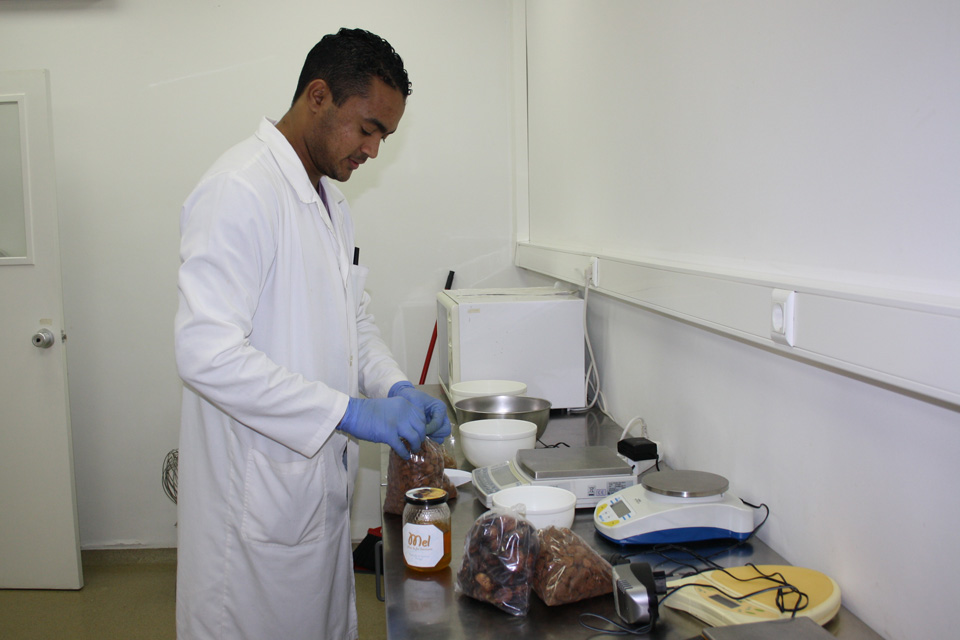
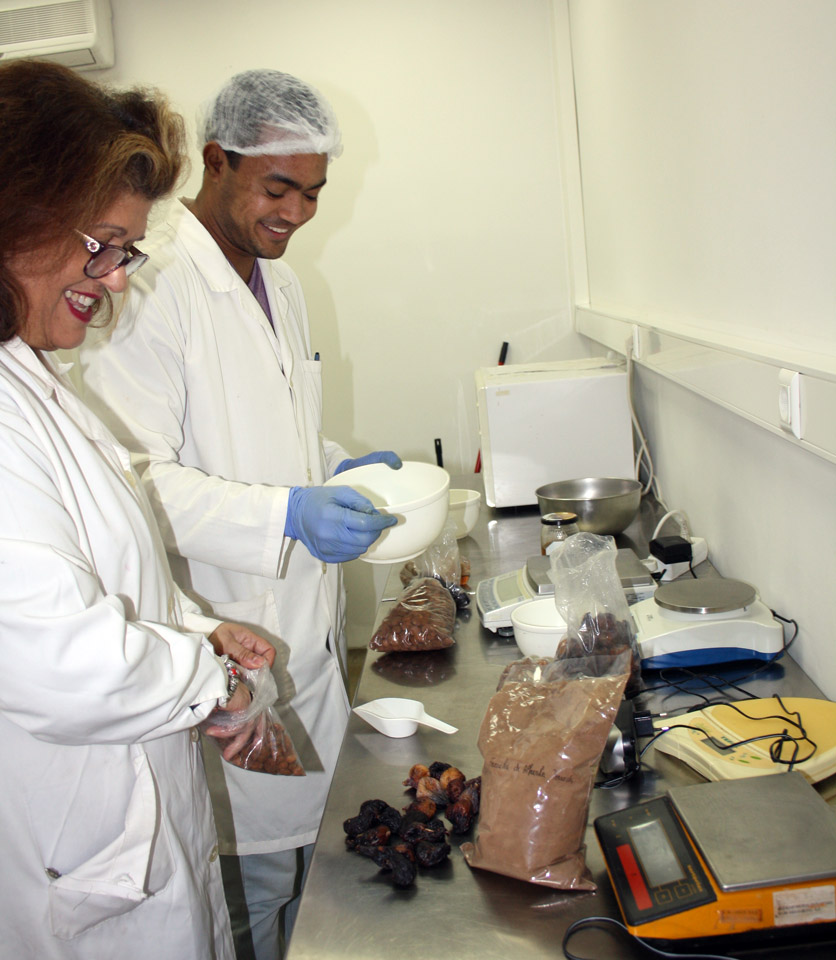
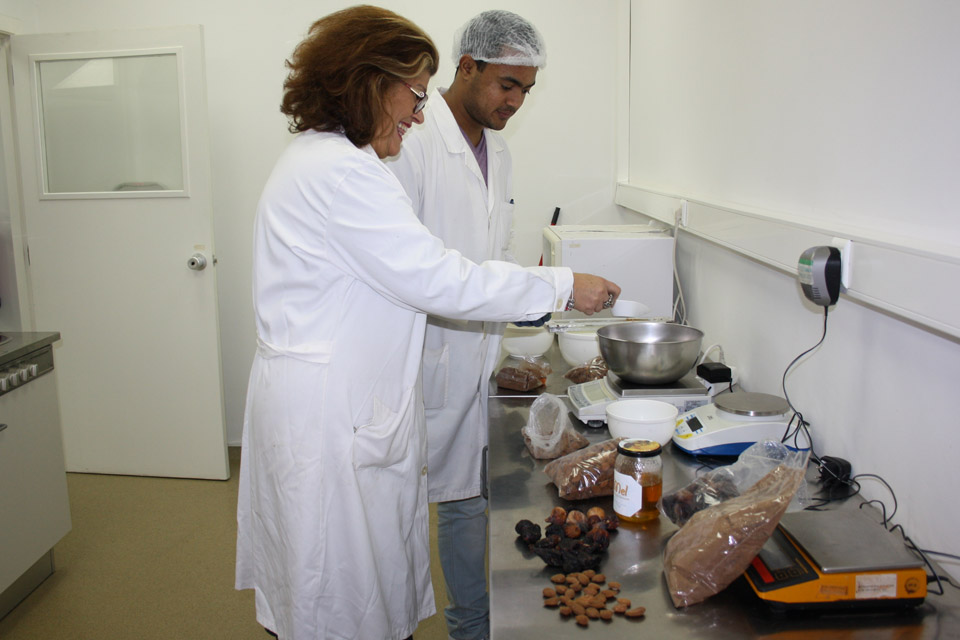
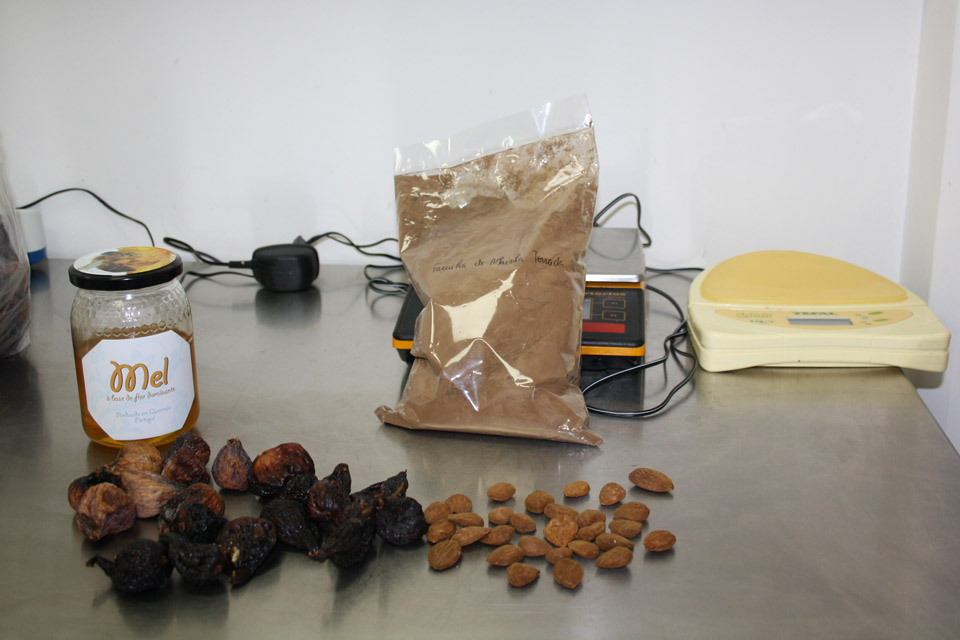
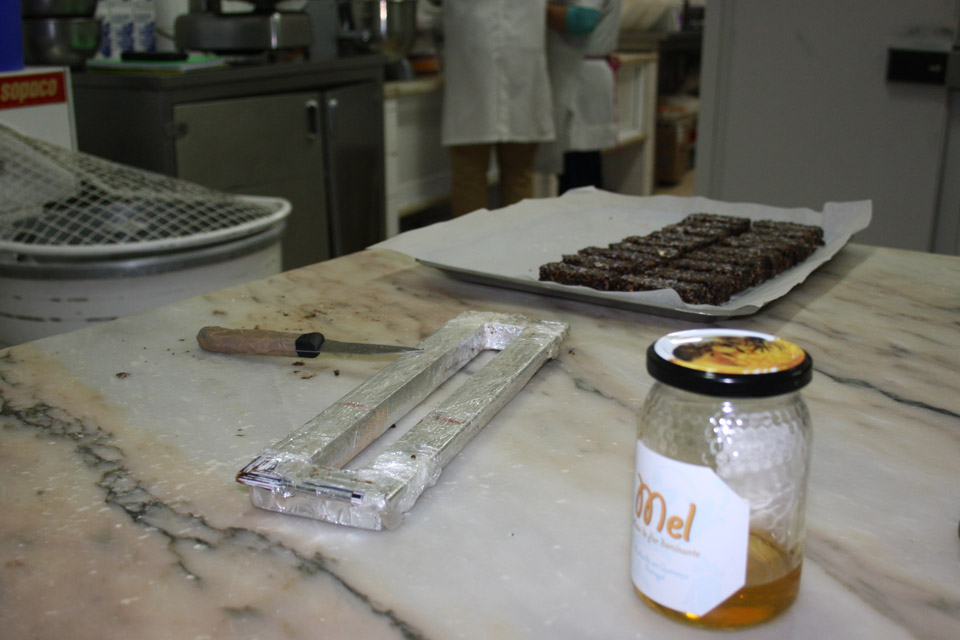
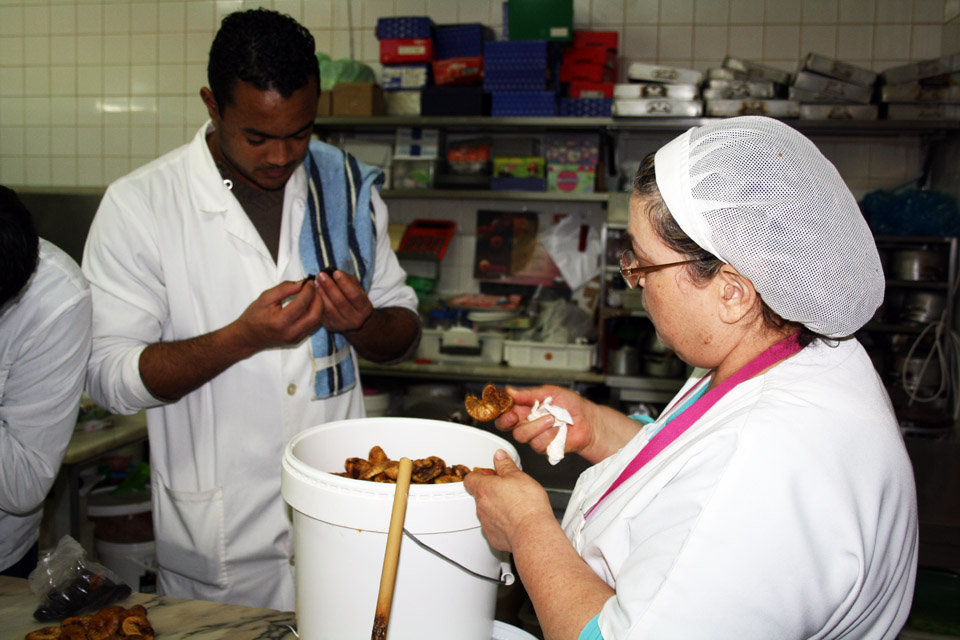
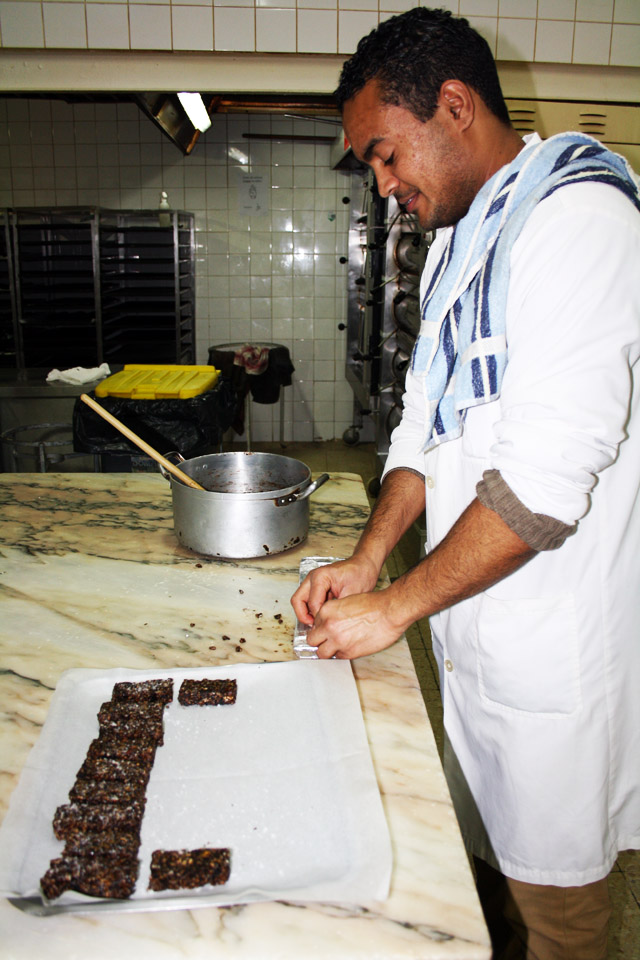
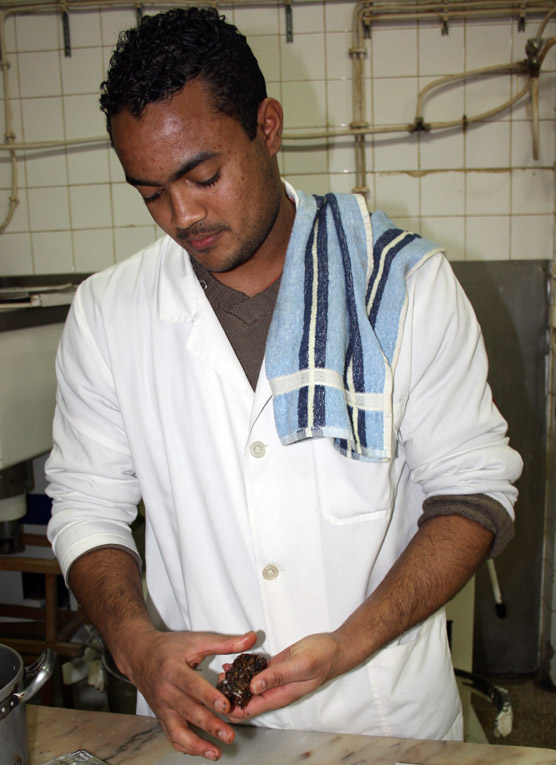
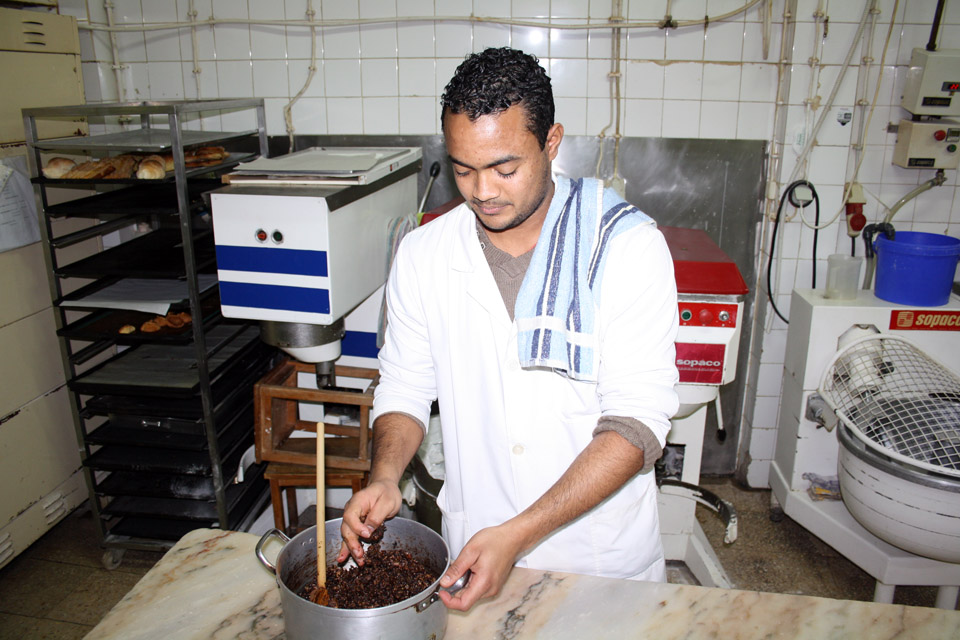


















Comments